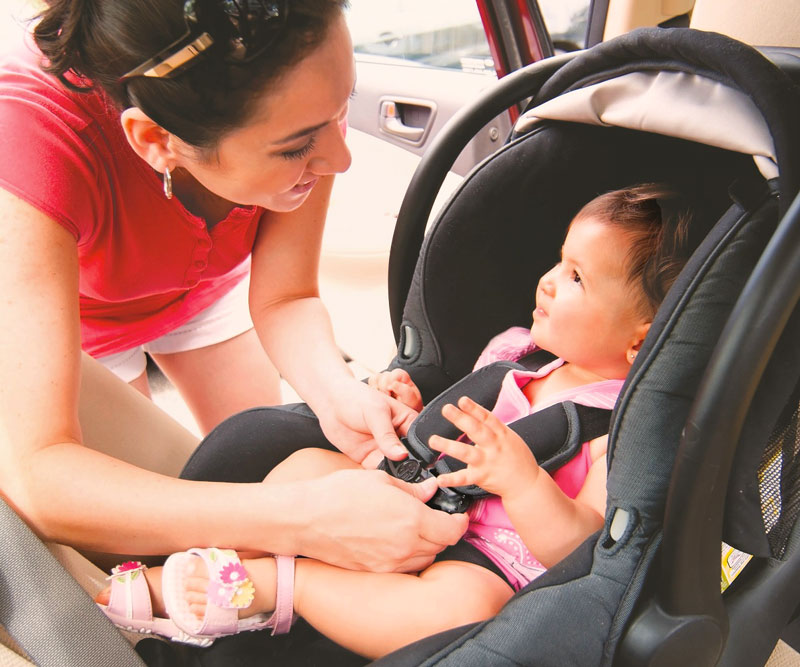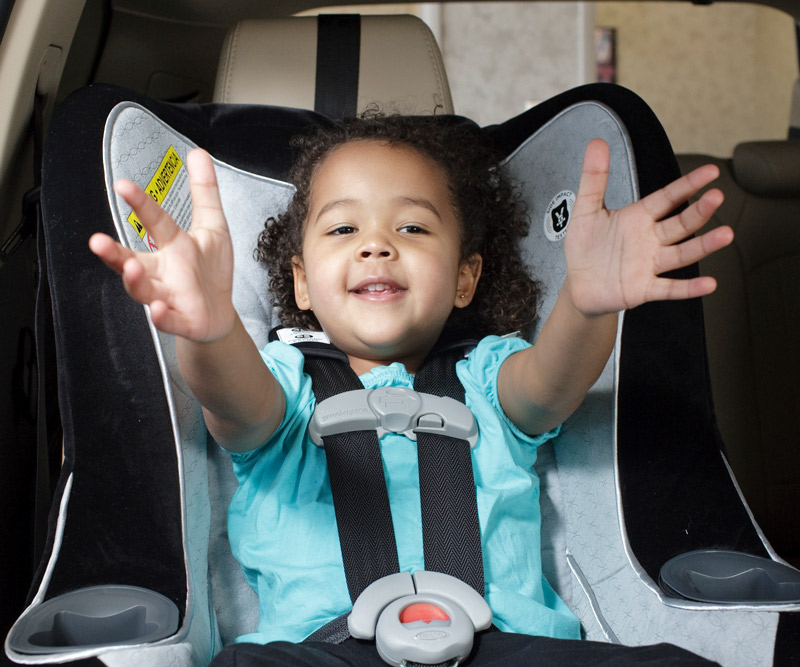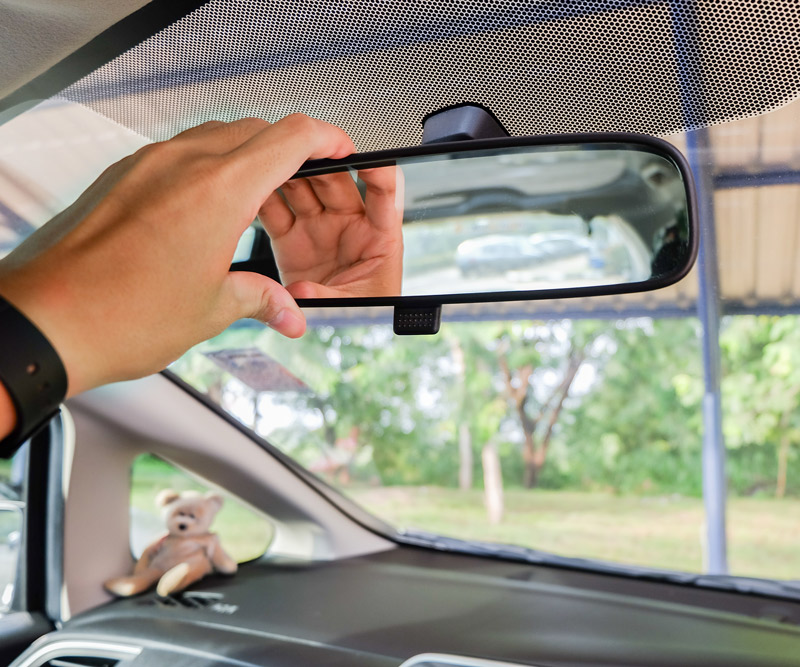
Updates to Child Car Safety Seat Guidelines Use Height, Weight as Milestones Rather Than Age
The American Academy of Pediatrics (AAP) is updating its recommendations on car safety seats, and parents should take note.
Now, rather than set specific ages as milestones for when to transition a child from seat positions, the AAP recommends parents follow the highest weight and height limits allowed by the car seat manufacturer.
“Weight and height recommendations are more important than setting age limits because each child grows differently,” says Lisa Dau, a registered nurse and injury prevention coordinator at Kapiolani Medical Center for Women & Children, citing the AAP’s 2018 Child Passenger Safety technical report.
“Optimal performance of restraint systems depends on an adequate fit between the restraint system and the occupant at the time of the crash. In other words, the fit is best determined by height and weight of the child, and is not specific to age,” Dau explains.
In that same report, the AAP recommends children remain in a rear-facing car safety seat as long as possible.
Previously, the AAP specified children remain in a rear-facing seat until at least age 2.
“Rear-facing is the ideal way to travel, as it protects the head, neck and spine,” Dau says. “In the rear-facing position, the car seat is designed to spread the crash forces over the entire body. In Sweden, kids remain rear-facing until 4 years of age, and researchers reported that rear-facing reduces the risk of significant injuries by 90 percent, reinforcing the importance of rear-facing.”
Most car seat manufacturers recommend children remain in a rear-facing seat until they reach 30-40 pounds.
Forward-facing car seats range in weight limits between 40 and 80 pounds.
However, there are also height limits on forward-facing seats, and often kids will outgrow by height before weight.
“Forward-facing seats with a five-point harness have been estimated to reduce the risk of injury or death by 71 percent, so keeping a child in a full harness system until they reach the maximum height and weight limit is ideal before moving to a booster,” Dau says.
Children should remain in a booster seat (high-back or backless) until they reach a height of 4 feet, 9 inches, which is around 8-12 years of age.
“Adding the height recommendation is one of the bigger changes from the 2011 AAP update,” Dau states. “Most vehicle seat belts will not fit correctly until a child reaches about 4 feet, 9 inches; most 8-year-olds are about 4 feet.”
Dau mentions that the increase in childhood obesity is a concern in situations where a child has outgrown a seat by weight but not height.
“This is where children with certain physical and behavioral conditions may require specialized restraints,” Dau says, adding that she also receives questions regarding adults who are under 4 feet, 9 inches.
“There is a concern the seat belt may not fit properly. However, most new vehicles have an option for passengers to adjust the height of the vehicle seat so the seat belt can fit better. You can’t do that with kids under 4 feet, 9 inches, since they shouldn’t be in the front passenger seat until at least 13 years of age,” Dau says.
When in doubt, Dau says parents should refer to their car safety seat’s instruction manual and labels to find the manufacturer’s weight and height limits before transitioning to the next stage.
“Car seat manufacturers understand the importance of keeping kids safe,” Dau says. “Car seat manufacturers conduct their own crash tests with their car seats and often go above and beyond the minimum requirements set by the NHTSA (National Highway Traffic Safety Administration).”
For more information about car seats and child passenger safety, visit the following online resources:
Published on: September 6, 2018




